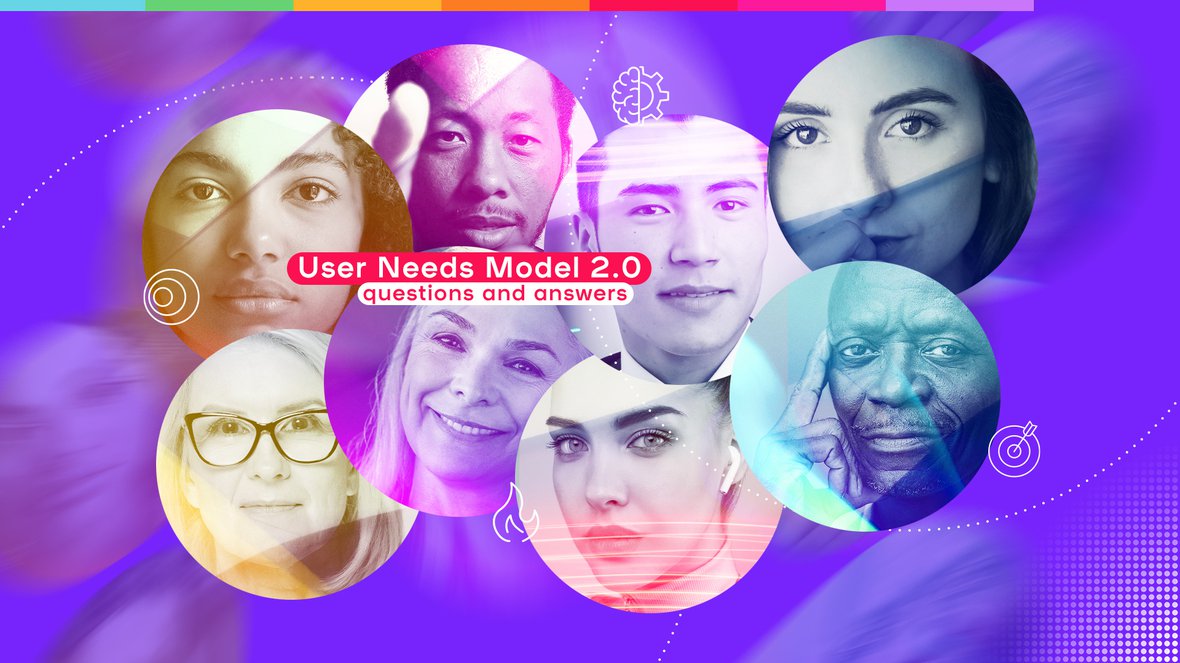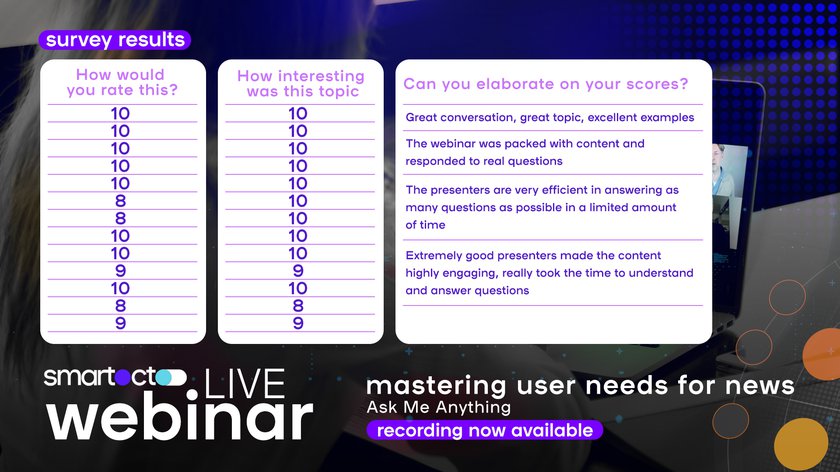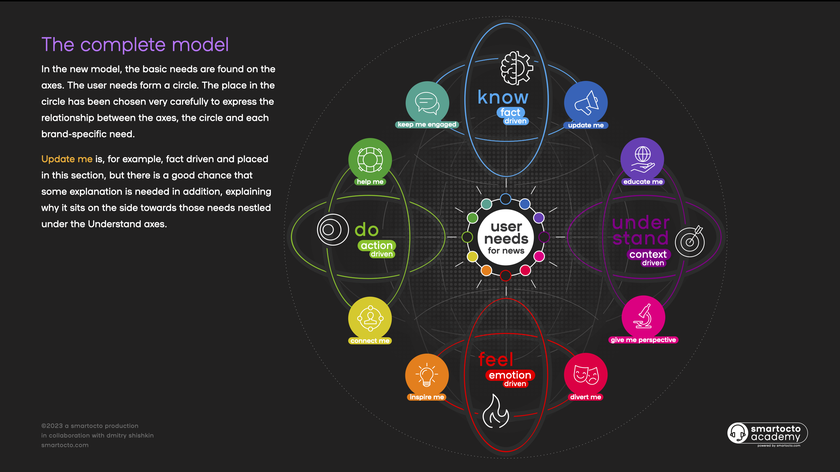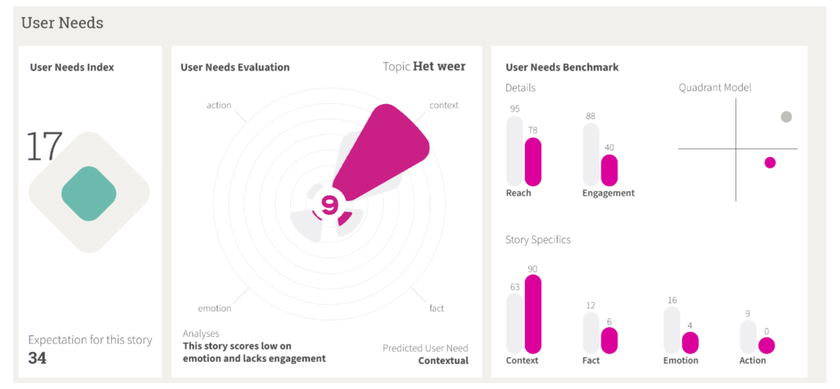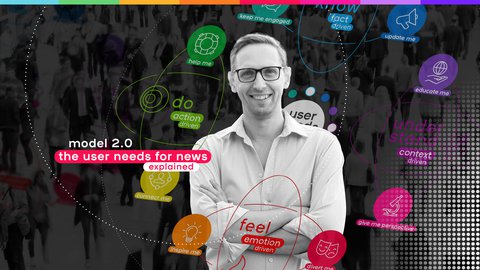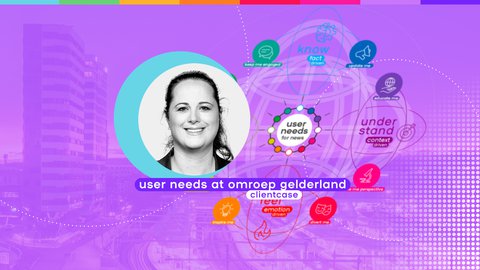7. This all sounds like it's going to take a lot of time to set up and implement - and we're busy. Is there any way to speed up this process?
We actually don't think it takes that much time - and it will likely save you time and money in the long run. Yes, a data team needs to work on analysis and yes, there is also a time investment required at the (product) management level. But those positions are already engaged in analysing numbers. The model will actually help them understand things better and faster.
As for the editorial teams: ultimately, they need to tag each story well based on user needs, but this can be done with a simple checkbox. Of course, some time is needed to understand how to use the model to determine the approach of the next story. To win some time we go back to the previous topic: it's best to make fewer 'Update me' stories...
8. Is there a difference between how the model can be applied for national vs local outlets?
This model is applicable on all levels, everywhere content is being produced. But of course there are differences in interpreting the user needs. For example 'Connect me' is a user need that is perfect for local outlets. What you usually mean by it is: 'Connect me to the area I live in'. For national and certainly international media, that is less the direction of the content. Then, 'Connect me' may be more of a need to connect with other people around an idea or opinion, or a certain subculture.
The dynamics surrounding national media are also different from local ones. There is much more competition nationally, so you have to distinguish yourself better. It might make sense as a national outlet to have more brand specific user needs. On the other hand, you could also come up with a specific user need locally, such as 'Make me feel proud (of my environment)'.
9. What is the difference between a user need and a format?
User needs are the wants and desires of your audience. They’re about the angle. A format is a form or a mode you put the content into. In our whitepaper, we found an analogy to make the difference clear:
A greengrocer decides to start selling ready-made salads. His recipe is a hit with his clients. He thinks this is because he’s made a delicious dressing because that's what makes the salad unique, right? And, besides, people have been complimenting him on the taste.
The greengrocer decides to sell the dressing separately in a bottle. What happens? Not a single bottle is sold.
It turns out his customers wanted the salad mainly for convenience. They could eat healthy without having to chop the vegetables themselves. The need he meets - initially unwittingly - is therefore convenience. The form (format!) is a ready-made salad.
Examples of formats are: interview, report, listicle, analysis, Q&A.
